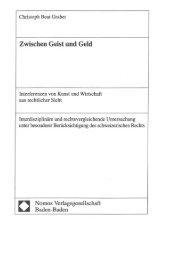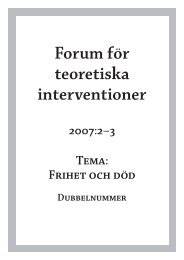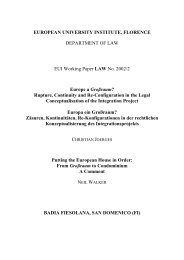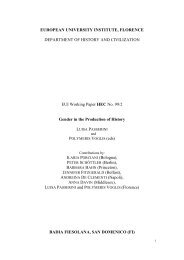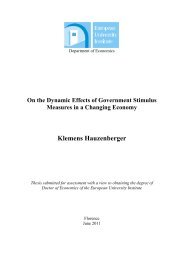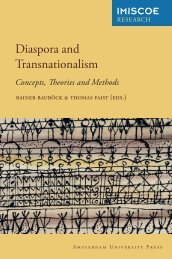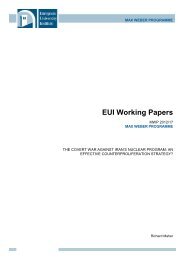Sinziana-Elena Poiana Ioana Lupea Irina-Madalina Doroftei Alina ...
Sinziana-Elena Poiana Ioana Lupea Irina-Madalina Doroftei Alina ...
Sinziana-Elena Poiana Ioana Lupea Irina-Madalina Doroftei Alina ...
You also want an ePaper? Increase the reach of your titles
YUMPU automatically turns print PDFs into web optimized ePapers that Google loves.
tradition could be deconstructed if infringing on the duty of an objective, critical and pluralistic<br />
education system.<br />
The research conclusions were that the institution in charge of assuring a non-discriminatory<br />
environment for ethnical or religious variety/differences – the National Council for Combating<br />
Discrimination – is efficient and capable of discerning and taking the right decisions. It correctly<br />
concluded that the Roma child was not discriminated against (as the researcher had the opportunity to<br />
discover during the field work) and that religious icons have a place in religion laboratories, not in<br />
everyday school life. What made a difference were the public opinion and their reaction and lobby<br />
with other state institution.<br />
Furthermore, the research revealed that in Mehedinti county, were the alleged Roma segregation in<br />
school had taken place, the Roma children were encouraged to come to school, without being<br />
separated from the Romanian children. This happened especially in villages where teachers were in<br />
the position of losing their job if their classes hadn't reached a certain number of pupils.<br />
Therefore, there are many cases of schools that function in a multiethnic environment without<br />
discriminating against minorities. There is no need for new legislative proposals (the law is very clear<br />
and comprehensive) but the recommendation is to popularize best practices and implement them in<br />
other schools across the country.<br />
As regards to religious education and the presence of religious icons in schools, the law is also clear:<br />
religious diversity is accepted and pupils can study their own denomination, or not study at all religion<br />
after primary school. But the research found cases of intolerance towards religious diversity in schools<br />
(in some parts of Romania these are isolated cases, but in other parts they can be encountered more<br />
often – only a more detailed research devoted to this issue could be able to determine the real<br />
situation). One can consider that the presence of religious icons in classrooms is a sign of disrespect<br />
towards non-Orthodox pupils and that the public mobilization against the CNCD decision was<br />
preaching for minimal tolerance of religious minorities. But in fact, the situation is much more<br />
nuanced and the real issue at stake is the teaching of religion (compulsory in primary school) versus<br />
teaching the history of religions. The same moral values can be passed on in an abstract way, without<br />
the involvement of Religion as a school subject. The general recommendation is the separation of state<br />
and church, and more particular, replacing in the school curriculum the Religion discipline with<br />
History of Religions.<br />
53



